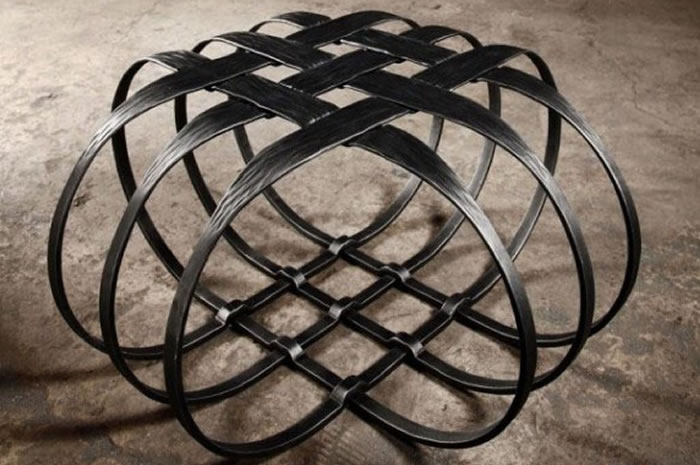The term “wrought iron” comes from the past tense form of the verb to work which refers to method of manufacturing (hammered, twisted, or bent into shape) any metal. It is basically the Iron that has been heated and then worked with tools to produce its shape and form.
Wrought iron has a lower carbon content, Pig iron (iron that has been melted and is the foundation for various types of iron and steel) and glass like slag (impurities such as calcium silicate that float to the surface when iron is melted) were mixed to form wrought iron and then hammered which eliminates carbon (high melting point) that makes it easy to weld.
From decorative to home security, wrought iron is known for its variety of uses.
There are essentially two types of wrought iron:
- Charcoal iron: Made in refined in charcoal fires, withstand corrosion for hundreds of years, soft and malleable when annealed, so that a good depth of cold working and sharp detail is possible without cracking.
- Puddle iron: Made in coal fired furnace, remote from the fire itself. Works well hot and resist corrosion. It has, however restrictions for cold working, particularly in sheet form.
